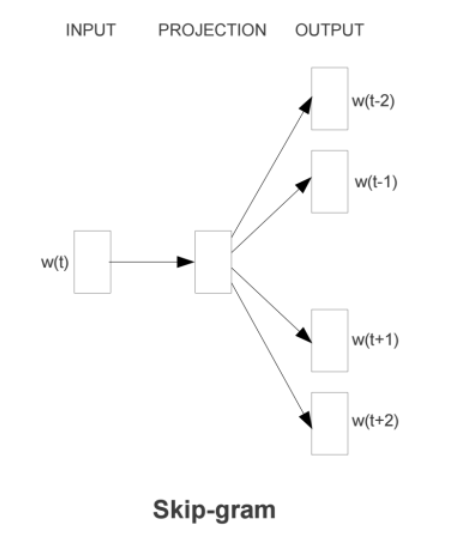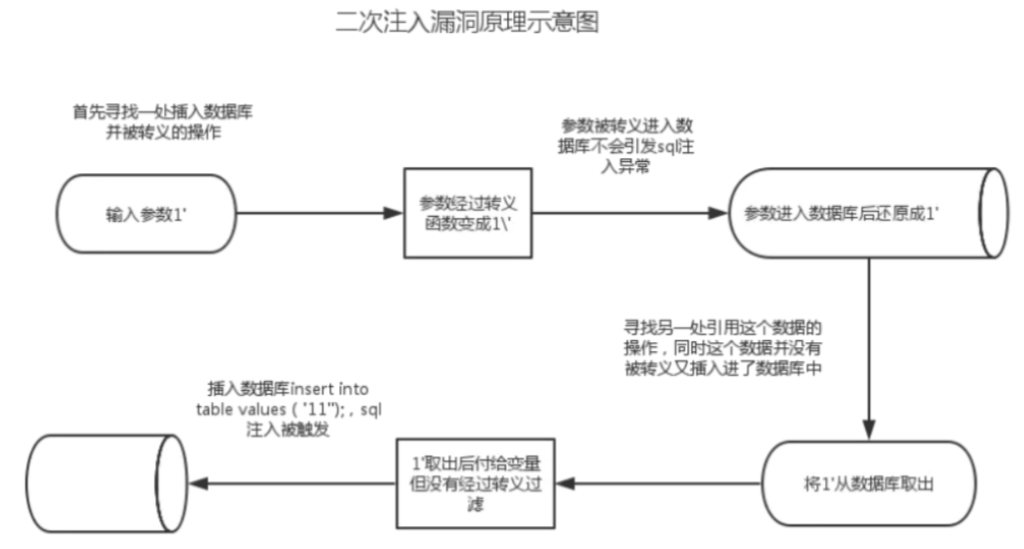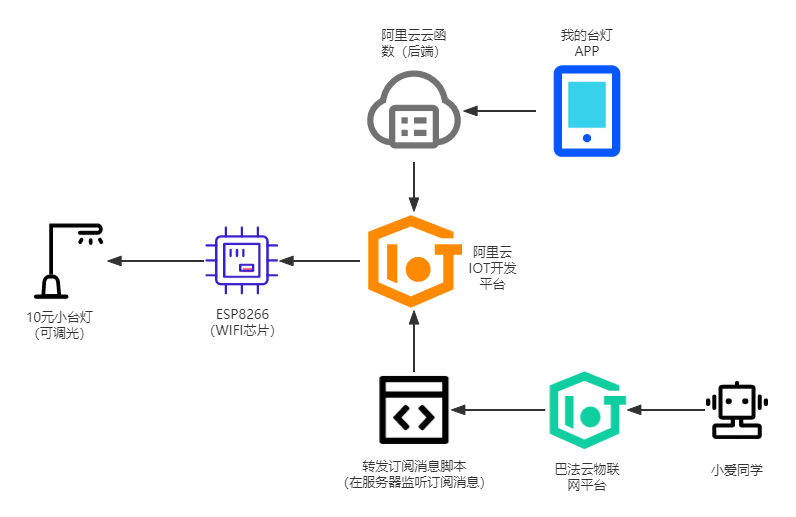使用paddlepaddle实现word2vec模型
背景知识
Embeddings
Embedding(嵌入)是拓扑学里面的词。
在深度学习中的意思是使用低纬度的的数据表示高纬度的数据。例如,在NLP中,“ I have an apple ”这句话中的每个单词可以分别用4维向量表示。
I [1,0,0,0]
have [0,1,0,0]
an [0,0,1,0]
apple [0,0,0,1]
这种方法叫做word embedding.
One-Hot编码
one-hot编码是将文本转化成二级制的一种编码。在训练word2vec模型之前,我们需要利用训练数据构建自己的词汇表,在对词汇表进行one-hot编码。
例如: 假设从我们的训练文档中抽取出100个唯一不重复的单词组成词汇表。我们对这100个单词进行one-hot编码,得到的每个单词都是一个100维的向量,向量每个维度的值只有0或者1,假如单词have在词汇表中的出现位置为第3个,那么have的one-hot表示就是一个第三维度取值为1,其他维都为0的100维的向量。
word2vec原理简述
写在前面
现在word2vec已经成为了自然语言处理领域的基础,在他之后的预训练模型或多或少都借鉴了他的一部分思想。
在word2vec训练完成之后,我们并不会使用这个模型处理新的任务,而是需要它的参数矩阵。word2vec模型有两种训练方法,skip-gram和CBOW。本文主要介绍使用skip-gram方法及其实现代码。
skip-gram
如下图所示,直观理解skip-gram是给定input word来预测上下文。

训练过程
我们拿“I have an apple”这句话举例。
- 首先选一个中间词作为input word,例如我们选择了have。
- 定义一个参数skip_windows ,它代表着从input word 的一侧(左或者右)选取词的数量,例如我们选取skip_windows = 2,那么获得的窗口中的词(包换input word)是[I,have,an,apple]
- 定义一个参数num_skips ,他代表从整个窗口中选用多少次作为output word.例如当skip_windows =2,并且num_skips =2时,我们会得到两组{input word,output wold}。
- 神经网络通过这些数据输出一个概率分布,这个概率代表着我们词典中每个词是output wold的可能性。
代码
网络结构定义代码
import math
import numpy as np
import paddle.fluid as fluid
def skip_gram_word2vec(dict_size, embedding_size, is_sparse=False, neg_num=5):
datas = []
input_word = fluid.layers.data(name="input_word", shape=[1], dtype='int64')
true_word = fluid.layers.data(name='true_label', shape=[1], dtype='int64')
neg_word = fluid.layers.data(
name="neg_label", shape=[neg_num], dtype='int64')
datas.append(input_word)
datas.append(true_word)
datas.append(neg_word)
py_reader = fluid.layers.create_py_reader_by_data(
capacity=64, feed_list=datas, name='py_reader', use_double_buffer=True)
words = fluid.layers.read_file(py_reader)
init_width = 0.5 / embedding_size
input_emb = fluid.layers.embedding(
input=words[0],
is_sparse=is_sparse,
size=[dict_size, embedding_size],
param_attr=fluid.ParamAttr(
name='emb',
initializer=fluid.initializer.Uniform(-init_width, init_width)))
true_emb_w = fluid.layers.embedding(
input=words[1],
is_sparse=is_sparse,
size=[dict_size, embedding_size],
param_attr=fluid.ParamAttr(
name='emb_w', initializer=fluid.initializer.Constant(value=0.0)))
true_emb_b = fluid.layers.embedding(
input=words[1],
is_sparse=is_sparse,
size=[dict_size, 1],
param_attr=fluid.ParamAttr(
name='emb_b', initializer=fluid.initializer.Constant(value=0.0)))
neg_word_reshape = fluid.layers.reshape(words[2], shape=[-1, 1])
neg_word_reshape.stop_gradient = True
neg_emb_w = fluid.layers.embedding(
input=neg_word_reshape,
is_sparse=is_sparse,
size=[dict_size, embedding_size],
param_attr=fluid.ParamAttr(
name='emb_w', learning_rate=1.0))
neg_emb_w_re = fluid.layers.reshape(
neg_emb_w, shape=[-1, neg_num, embedding_size])
neg_emb_b = fluid.layers.embedding(
input=neg_word_reshape,
is_sparse=is_sparse,
size=[dict_size, 1],
param_attr=fluid.ParamAttr(
name='emb_b', learning_rate=1.0))
neg_emb_b_vec = fluid.layers.reshape(neg_emb_b, shape=[-1, neg_num])
true_logits = fluid.layers.elementwise_add(
fluid.layers.reduce_sum(
fluid.layers.elementwise_mul(input_emb, true_emb_w),
dim=1,
keep_dim=True),
true_emb_b)
input_emb_re = fluid.layers.reshape(
input_emb, shape=[-1, 1, embedding_size])
neg_matmul = fluid.layers.matmul(
input_emb_re, neg_emb_w_re, transpose_y=True)
neg_matmul_re = fluid.layers.reshape(neg_matmul, shape=[-1, neg_num])
neg_logits = fluid.layers.elementwise_add(neg_matmul_re, neg_emb_b_vec)
#nce loss
label_ones = fluid.layers.fill_constant_batch_size_like(
true_logits, shape=[-1, 1], value=1.0, dtype='float32')
label_zeros = fluid.layers.fill_constant_batch_size_like(
true_logits, shape=[-1, neg_num], value=0.0, dtype='float32')
true_xent = fluid.layers.sigmoid_cross_entropy_with_logits(true_logits,
label_ones)
neg_xent = fluid.layers.sigmoid_cross_entropy_with_logits(neg_logits,
label_zeros)
cost = fluid.layers.elementwise_add(
fluid.layers.reduce_sum(
true_xent, dim=1),
fluid.layers.reduce_sum(
neg_xent, dim=1))
avg_cost = fluid.layers.reduce_mean(cost)
return avg_cost, py_reader
def infer_network(vocab_size, emb_size):
analogy_a = fluid.layers.data(name="analogy_a", shape=[1], dtype='int64')
analogy_b = fluid.layers.data(name="analogy_b", shape=[1], dtype='int64')
analogy_c = fluid.layers.data(name="analogy_c", shape=[1], dtype='int64')
all_label = fluid.layers.data(
name="all_label",
shape=[vocab_size, 1],
dtype='int64',
append_batch_size=False)
emb_all_label = fluid.layers.embedding(
input=all_label, size=[vocab_size, emb_size], param_attr="emb")
emb_a = fluid.layers.embedding(
input=analogy_a, size=[vocab_size, emb_size], param_attr="emb")
emb_b = fluid.layers.embedding(
input=analogy_b, size=[vocab_size, emb_size], param_attr="emb")
emb_c = fluid.layers.embedding(
input=analogy_c, size=[vocab_size, emb_size], param_attr="emb")
target = fluid.layers.elementwise_add(
fluid.layers.elementwise_sub(emb_b, emb_a), emb_c)
emb_all_label_l2 = fluid.layers.l2_normalize(x=emb_all_label, axis=1)
dist = fluid.layers.matmul(x=target, y=emb_all_label_l2, transpose_y=True)
values, pred_idx = fluid.layers.topk(input=dist, k=4)
return values, pred_idx参考资料
[1] Rong X. word2vec parameter learning explained[J]. arXiv preprint arXiv:1411.2738, 2014.
[2] https://zhuanlan.zhihu.com/p/37471802
[3] https://aistudio.baidu.com/aistudio/projectdetail/978573






空空如也!